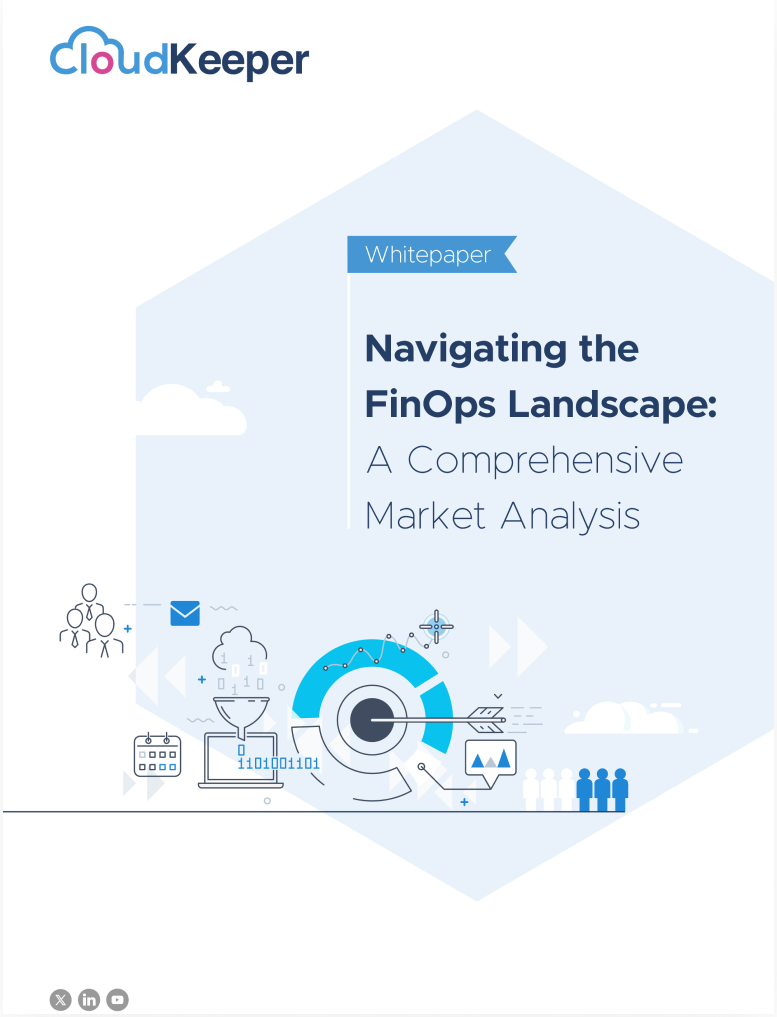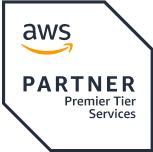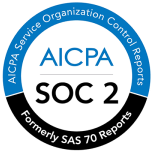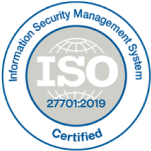Cloud computing has revolutionized how businesses oversee their infrastructure, with AWS emerging as a top option for its flexibility, scalability, and extensive service offerings. Yet, alongside these benefits arise challenges in cloud cost management. Organizations looking to enhance their AWS expenditures must implement a strong cloud cost management strategy. In this blog, we’ll discuss everything you need to know regarding AWS Cost Management—from grasping its significance to examining best practices and free tools to assist in monitoring, optimizing, and effectively lowering your cloud costs.
What is AWS Cost Management?
AWS Cost Management includes a range of tools, strategies, and methodologies aimed at assisting organizations in monitoring, managing, and enhancing their cloud expenditures. AWS offers an extensive array of services that enable companies to monitor expenses, establish budgets, and obtain suggestions for optimizing resources. The main objective of AWS Cost Management is to support organizations in using cloud resources effectively while maintaining budgetary control.
Importance of AWS Cost Management
Without proactive cost management, expenses in the cloud can escalate rapidly. Unmonitored instances, excessive resource allocations, and unused assets can lead to considerable charges. Efficient AWS Cost Management guarantees that:
1. Resources are fine-tuned for both performance and cost efficiency.
2. Budgets are followed, preventing unforeseen expenses.
3. Unnecessary spending is minimized, resulting in long-term savings.
4. Early detection of anomalies through vigilant cost monitoring allows for prompt action.
As cloud expenditures become one of the largest budget categories for numerous organizations, AWS Cost Management is essential for maintaining predictable and manageable costs.
How Does AWS Cost Management Work?
AWS offers a collection of tools and dashboards within the AWS Management Console, making it easier to monitor and handle cloud expenditures. This service compiles cost-related information, categorizes it by usage type, and provides insights through various reports and cost allocation methods.
AWS Cost Management works on:
1. Gathering and organizing information regarding resource usage and their corresponding costs.
2. Evaluating usage patterns to pinpoint areas of high spending.
3. Delivering suggestions for resource optimization, such as EC2 Right-Sizing Recommendations.
4. Sending alerts for unusual cost activities and budget thresholds, ensuring users are informed of discrepancies in real-time.
With AWS Cost Management, businesses can monitor expenses in detail, establish limits, and gain practical insights, which are crucial for minimizing costs and enhancing resource efficiency.
Best Practices for AWS Cost Management
AWS Cost Management can serve as an effective tool when utilized properly. Here are some recommended practices to maintain cost control and enhance resource utilization:
Resource Tagging
Properly tagging resources is essential for recognizing ownership, application, or environment. Tags enable organizations to assign costs to specific projects or departments, simplifying the identification of areas with high usage.
Resource Usage Optimization
Reducing instance sizes, adjusting underused resources, and taking advantage of spot instances or reserved instances whenever feasible can greatly lower expenses. The Right-Sizing Recommendations feature assists in pinpointing areas where resources can be utilized more effectively.
Regular Audits
Conducting regular cost audits helps in identifying any idle or orphaned resources that may be accruing charges. Audits also confirm that all resources are still necessary and being utilized efficiently.
Establishing Budgets and Alerts
AWS Budgets allows users to set limits on costs and usage, along with alerts when specific thresholds are reached. This functionality helps to avoid unforeseen charges by proactively managing costs.
Utilizing Reserved Instances and Savings Plans
For workloads that are predictable, Reserved Instances and AWS Savings Plans offer considerable discounts compared to on-demand pricing. Planning resources in advance can lead to significant cost reductions.
Adopting these best practices enables organizations to keep their cloud expenses in check and avoid unnecessary costs.
Free AWS Cost Management Tools in Action
AWS provides a variety of cost management tools, many of which are free to use, allowing organizations to track and optimize their cloud expenses.
AWS Cost Management Console and Billing Console
The AWS Cost Management Console and Billing Console serve as a unified hub for all cost management resources, enabling organizations to oversee costs, establish budgets, and receive recommendations for cost optimization. The Billing Console offers access to billing statements and payment details.
AWS Cost Explorer
AWS Cost Explorer enables users to visualize, comprehend, and manage AWS expenditures and usage trends over time. It presents in-depth insights into spending behaviors, including detailed breakdowns by service, region, or tags.
AWS Cost Anomaly Detection
AWS Cost Anomaly Detection employs machine learning to identify unexpected spending in AWS, alerting users when abnormal activity is noticed. By addressing these anomalies promptly, organizations can swiftly take action to avert unexpected charges.
AWS Budgets
AWS Budgets allows users to create tailored cost and usage budgets and receive notifications when actual or anticipated costs surpass specified limits. This tool is vital for managing expenses within set boundaries and preventing budget overspend.
AWS Savings Plans
AWS Savings Plans provide flexible pricing options that offer discounts in exchange for commitments of one or three years. These plans can adjust to fluctuating usage demands across services like EC2, Lambda, and Fargate, presenting an easy way to lower costs.
AWS Right-Sizing Recommendations
AWS Right-Sizing Recommendations delivers suggestions for optimizing EC2 instances based on historical usage data, highlighting instances that may be over-provisioned and recommending resizing or switching to more economical alternatives.
These tools empower organizations to monitor and manage AWS expenses, streamline resources, and plan their spending more effectively.
AWS Cost Management FAQs
Q: How can I track and oversee AWS expenses across different accounts?
A: AWS facilitates consolidated billing, allowing you to view and manage expenses across various accounts through a single billing dashboard. You can also opt for third-party cloud cost visibility tools like CloudKeeper Lens for granular visibility and unified view.
Q: What is the optimal method for daily cost monitoring?
A: AWS Budgets can send alerts daily, and AWS Cost Anomaly Detection can alert you to any unexpected charges, aiding in close cost monitoring.
Q: Is it possible to stop AWS resources from going beyond budget limits?
A: Although AWS cannot automatically terminate resources when budgets are surpassed, you can create budgets with alerts to inform you of potential overruns.
Q: What distinguishes AWS Savings Plans from Reserved Instances?
A: Savings Plans offer greater flexibility, covering services such as EC2, Lambda, and Fargate, while Reserved Instances are limited to specific EC2 instances and availability zones. Here’s a detailed guide on AWS Savings Plans Vs. Reserved Instances: When To Use Each?
Q: How frequently should I assess my AWS costs?
A: Monthly evaluations are typical, but more regular reviews (e.g., weekly) are recommended for organizations with high expenditures or rapid growth.
Maximizing Savings and Availing Additional Perks with CloudKeeper
While AWS provides a range of cost management tools, achieving maximum savings necessitates strategic planning and ongoing monitoring. CloudKeeper, an AWS premier partner offers sophisticated solutions that extend beyond simple cost tracking.
Here’s how CloudKeeper enhances value:
24/7 Cloud Assistance
CloudKeeper delivers continuous cloud support, swiftly addressing any cost or performance concerns. With specialized assistance, your team can concentrate on essential business activities while CloudKeeper manages cloud cost efficiency and oversight.
Assured Savings on Costs
CloudKeeper is dedicated to lowering expenses, and ensuring guaranteed savings on entire AWS bills to help organizations reduce their monthly cloud costs. By utilizing CloudKeeper’s expertise, you can anticipate steady savings without compromising cloud performance or scalability.
Improved Visibility of Cloud Expenses
CloudKeeper provides thorough insight into your cloud environment's costs, enabling you to make informed decisions. Through in-depth reports and analytics, you’ll discover patterns in spending and cost factors, simplifying the identification of optimization possibilities.
By partnering with CloudKeeper for AWS Cloud Cost Management, you can optimize cloud operations for both efficiency and cost-effectiveness, ensuring they meet your financial and infrastructure goals.
Conclusion
Efficient management of AWS costs is essential for organizations aiming to maximize their cloud expenditure. By utilizing appropriate strategies, tools, and partnerships like CloudKeeper, businesses can greatly lessen avoidable costs while still ensuring peak performance. Adopting these approaches allows companies to manage expenses, avoid exceeding budgets, and confirm that their AWS resources are utilized in the most economical way possible.








